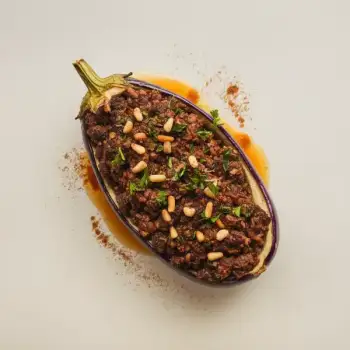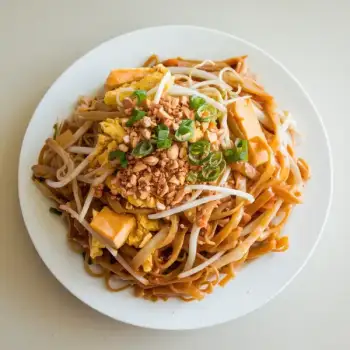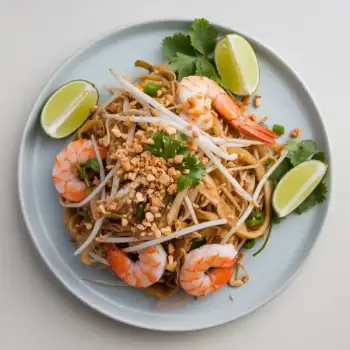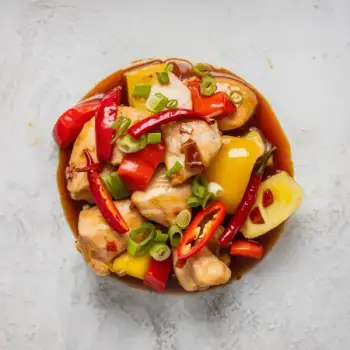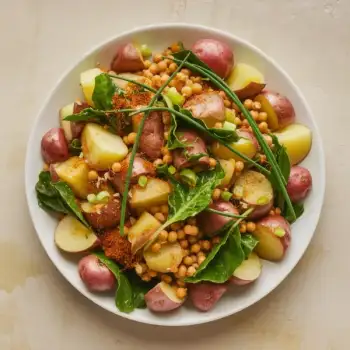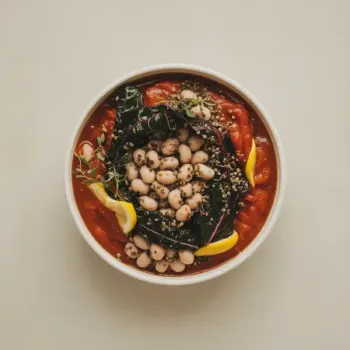


Block
Tamarind is often sold in a compressed block form, which is the purest form of tamarind. It requires soaking and straining to remove the seeds and fibers before use.
Paste
Tamarind paste is a processed form where the pulp has been extracted and reduced to a paste, making it easy to spoon directly into recipes.
Jarred
Similar to paste, but may contain additional preservatives to extend shelf life. Jarred tamarind is ready to use and is a time-saver for busy cooks.
Concentrate
A thick, syrupy form of tamarind that is more processed. It is convenient for adding a sour note to dishes without the need for preparation.




paste: Tamicon
jarred: Thai Kitchen
concentrate: Laxmi

Glazing: Tamarind paste can be used as a glaze for grilled or roasted meats and vegetables. Mix it with honey or sugar to balance the sourness and brush it onto the food towards the end of cooking to create a sticky, flavorful crust.
Simmering: Tamarind paste is commonly simmered in sauces, curries, and soups. It dissolves into the liquid, contributing a tangy flavor that becomes more nuanced as it cooks. Simmering allows the tamarind to infuse the dish with its characteristic sourness without being overwhelming.
Marinating: Tamarind paste makes for an excellent marinade base, especially for meats. It not only tenderizes the meat due to its acidity but also imparts a unique flavor. Combine it with other spices and seasonings, and marinate for several hours before cooking.




